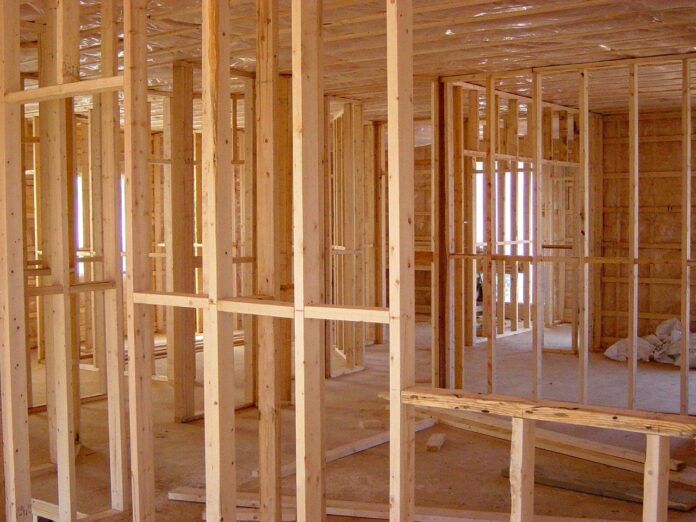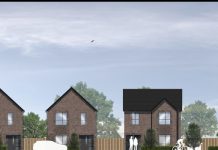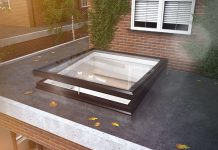What are temporary buildings?
Any structure that is designed for a short-term application can be regarded as a temporary building. For example, industrial tents are temporary structures. These also can be set up as full buildings providing accommodation or storage. Schedule II of the temporary building codes defines “temporary buildings” as interim structures that are not intended to be used for more than 28 days.
The UK’s Town and Country Planning Order also defines temporary structures as buildings that are meant to be used within a period of 28 days. However, temporary buildings can be used for both longer and shorter periods than this.
Do I Need Planning Permission for Temporary Buildings?
This is one of the most common questions that people ask when thinking about renting or buying temporary structures such as those from Smart-Space and HTS. When the need arises for you to put up a temporary building to serve a short-term purpose, you will need to pay attention to planning permission requirements. For people who are not used to the intricacies of the UK’s planning system, this can be a challenge.
Thankfully, the top temporary building suppliers like Smart-Space can offer you great help as far as getting planning permission for a portable building is concerned. Learn everything you need to know about planning permission and have a clear picture of your project before you choose your temporary building manufacture.
According to the Smart-Space planning page, planning permission is a must for building projects that will be used for more than 4 weeks and are bigger than 100 square metres (with some exceptions for extensions). Besides that, almost every residential or commercial construction project requires planning permission, though retrospective applications can be made when emergency situations arise.
Do not let the complexity of planning permission hinder your mission to erect a modular building. When your production capacity is being limited by a lack of space, you will want to invest in the right temporary building at a competitive price.
The planning implications of temporary structures don’t have to force you to minimise your productivity. Work with an experienced contractor and you will have a smooth project.
Most people consider setting up interim facilities because they are flexible, easy to install, and come at an affordable cost. Once you know how planning can impact the project, and why you need it — choosing the best relocatable building supplier is within your reach.
What is the best way to find out if your temporary building project needs planning permission?
It’s simple: seek help from professional temporary contractors in your local area. They will advise you on the best temporary structure to install, and, importantly, whether you will need planning permission for the project.
Professional contractors usually work with licensed UK planning consultancies who have up-to-date knowledge of planning laws. They will examine your construction project to see if it requires planning permission and the way forward.
When you have all the essential information at your fingertips, you can decide when and how to proceed with the project. Planning consultants normally consider factors such as the intended use of the building and, with respect to larger projects, floor space, building height, and boundaries to predict whether a particular temporary building will need planning permission.
It is vital to note that you will have to pay planning fees in addition to the overall costs of your project. In most cases, timescales won’t be negatively impacted if you order your temporary building from Smart-Space UK, the leading supplier of permanent and temporary structures in the UK. On the other hand, if you make the mistake of choosing an inexperienced contractor, don’t be surprised to see your planning headaches increase.







